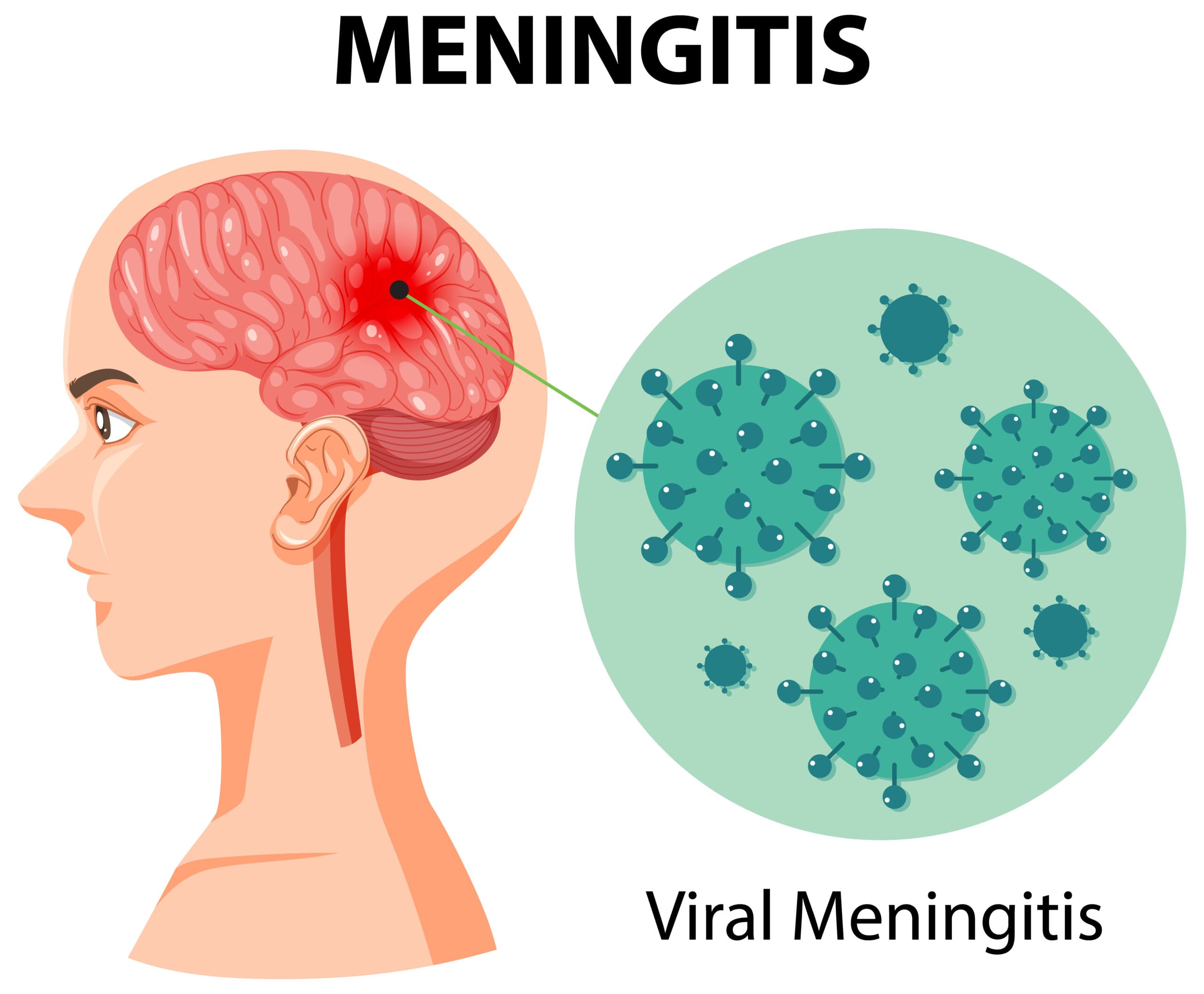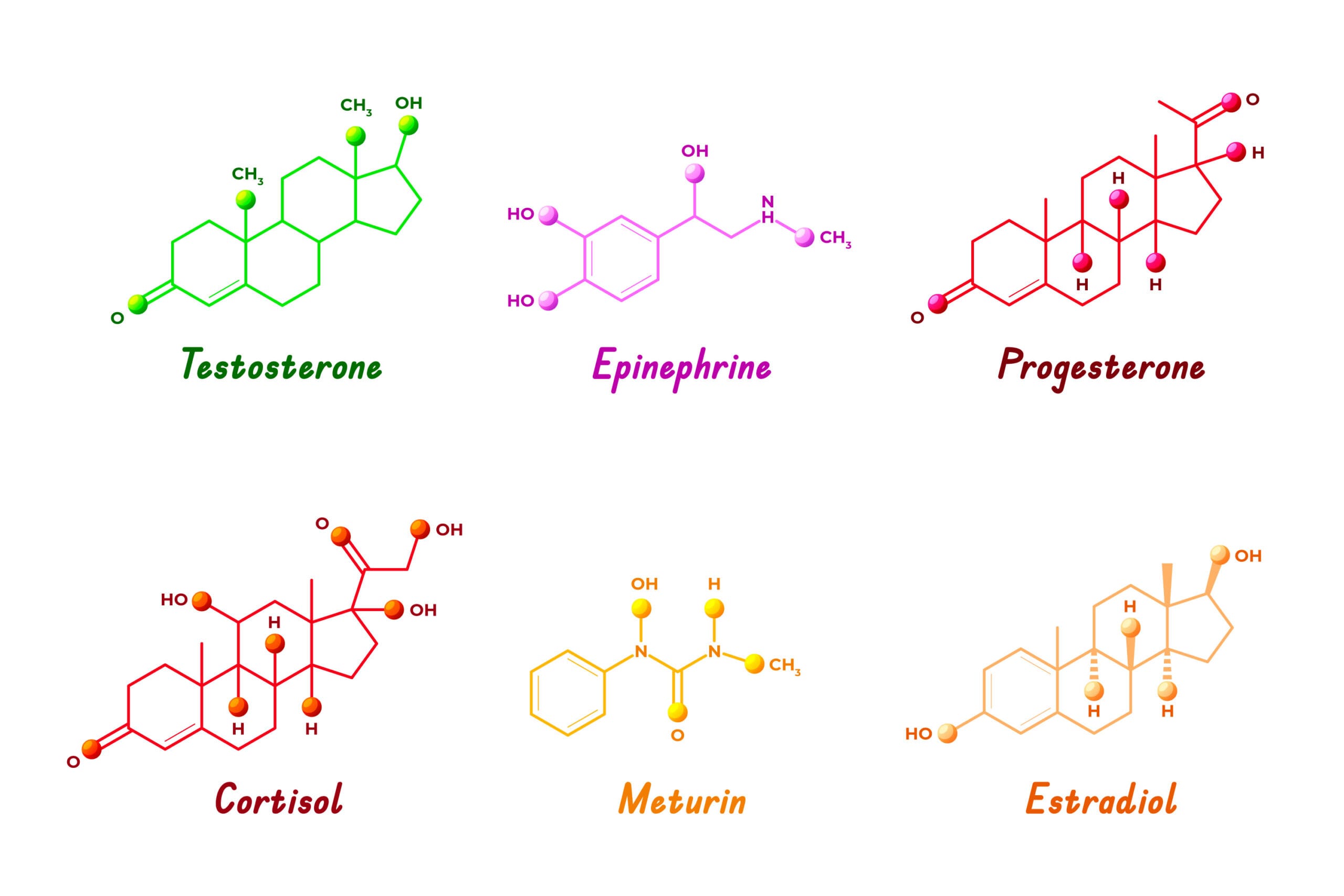|
Getting your Trinity Audio player ready... |
(COPD) Updated Guidelines for Managing Chronic Obstructive Pulmonary Disease
COPD: Chronic Obstructive Pulmonary Disease refers to a set of progressive respiratory disorders characterized by long-term airflow limitation. It includes conditions such as chronic bronchitis and emphysema, which lead to obstructed airflow in the lungs, making breathing increasingly difficult over time.
Common Symptoms of COPD
The presentation of COPD may vary among individuals, but typical signs and symptoms include:
- Wheezing: A high-pitched sound during breathing due to narrowed airways.
- Breathlessness: Initially noticeable during physical activity, this may progress to being present even at rest in advanced stages.
- Cyanosis: A bluish tint to the lips and fingernails, indicating low oxygen levels.
- Chronic productive cough: Persistent coughing that produces phlegm or sputum.
- Frequent respiratory infections: Repeated infections of the lungs and airways.
- Weight loss: Often seen in advanced COPD due to increased energy expenditure from labored breathing and reduced appetite.
Diagnostic Methods for COPD
- Spirometry
This is the most definitive test for diagnosing COPD. It measures the amount of air a person can exhale and how quickly they can do so. It helps confirm airflow obstruction and its severity.
- Chest Imaging
- Chest X-rays: Used to rule out other lung conditions and observe hyperinflation or flattened diaphragm.
- CT scans: Provide more detailed images, particularly useful for evaluating emphysema.
- Pulse Oximetry and Blood Tests
- Oxygen saturation measurement: Helps assess blood oxygen levels.
- Arterial blood gases (ABGs): Used in more severe cases to assess carbon dioxide retention or respiratory acidosis.
Screening Recommendations
Individuals aged 40 and above, especially current or former smokers, should undergo spirometry if they respond affirmatively to any of the following:
- Do you frequently experience coughing?
- Do you regularly cough up mucus or phlegm?
- Does light activity make you short of breath?
- Do you experience wheezing, particularly with exertion or at night?
- Do you have frequent colds that last longer than usual?
Recognizing Severe COPD Exacerbations
Certain signs indicate that a COPD episode is severe and requires immediate medical attention:
- Severe breathlessness with rapid breathing (over 30 breaths per minute)
- Visible use of accessory muscles (neck and abdominal muscles) to breathe
- Bluish discoloration (cyanosis) of the skin, especially around lips and fingertips
- Mental confusion due to lack of oxygen
- Oxygen saturation levels falling below 90% (SaO2 < 90%)
When to Consider Hospital Admission
Hospital assessment or admission should be considered if a patient presents with any of the following:
- Sudden and significant worsening of breathing, particularly at rest
- Advanced or severe COPD already diagnosed
- Appearance of new signs such as cyanosis or swelling of the limbs (peripheral edema)
- Lack of response to initial treatment at home or in outpatient settings
- Coexisting serious health conditions like heart failure or arrhythmias
- History of frequent COPD flare-ups
- Advanced age and limited support at home
Symptom Relief and Supportive Care
Effective symptom management is a cornerstone of COPD care:
- Opioids (oral or injectable) can be used to relieve persistent breathlessness when other treatments fail.
- Mental health: Anxiety and depression, often triggered by chronic breathlessness, should be screened and treated with appropriate medications such as benzodiazepines, tricyclic antidepressants, or other tranquilizers.
- Oxygen therapy and even the simple use of a fan directed at the face can provide symptomatic relief.
- Fatigue management: Strategies include patient education, pulmonary rehabilitation, and mind-body therapies like yoga or meditation.
Managing Acute Exacerbations of COPD
Initial Evaluation
For patients admitted with an acute exacerbation, the following assessments are essential:
- Chest X-rays: Rule out pneumonia, pneumothorax, or heart failure.
- Blood gas analysis: Useful for evaluating respiratory failure or acidosis.
- Theophylline level testing: If the patient is already on theophylline, check blood levels to avoid toxicity.
- Sputum culture: Not routinely needed in primary care unless there’s suspicion of resistant bacteria.
- Spirometry: Should not be conducted during an acute flare, as it may worsen symptoms.
Pharmacological Treatment During Exacerbations
Bronchodilators
- Short-acting beta2-agonists (SABA) such as salbutamol are first-line agents.
- Short-acting antimuscarinic agents (SAMA) can be added for additional relief.
- Delivery methods may include nebulizers or hand-held inhalers, though patients should be transitioned to inhalers once stabilized.
Corticosteroids
- Oral prednisolone 30 mg daily for 5–10 days is standard. Prolonging therapy beyond 14 days provides no added benefit and may increase side effects.
Antibiotics
- Recommended if there is a noticeable increase in sputum purulence.
- For mild to moderate cases: A 5-day antibiotic course is typically sufficient.
- For moderate to severe cases: A 7–10 day course may be needed.
Non-Drug Interventions During Exacerbations
- Controlled oxygen therapy: Carefully administered to maintain oxygen saturation between 88–92%, avoiding oxygen-induced hypercapnia.
- Monitoring is essential, especially in patients with chronically elevated carbon dioxide levels.
Palliative Care in COPD
Patients with advanced COPD often suffer from symptoms that significantly impair quality of life. Incorporating palliative care ensures comfort and dignity in these stages:
- Basic palliative interventions: Should be part of every clinician’s skillset, focusing on relieving pain, breathlessness, and emotional distress.
- Specialist palliative care referral: Recommended when symptoms are complex or unmanageable in a standard clinical setting.
Long-Term COPD Treatment Strategies
Non-Pharmacological Options
- Long-term oxygen therapy: Indicated for patients with chronic hypoxemia to improve survival and quality of life.
Medications for Long-Term Management
- Bronchodilators: Include long-acting beta2-agonists (LABAs) and long-acting muscarinic antagonists (LAMAs).
- Inhaled corticosteroids (ICS): Often used in combination with bronchodilators for patients with frequent exacerbations.
- Methylxanthines: Sometimes used for additional bronchodilation, though less commonly due to side effects.
- Roflumilast: A phosphodiesterase-4 inhibitor, useful in severe COPD with chronic bronchitis and frequent exacerbations.
- Long-term macrolide antibiotics: May reduce exacerbation frequency in select patients.
- Mucolytics: Help in thinning and clearing mucus, especially in chronic bronchitis-dominant COPD.
Surgical and Advanced Interventions
- Lung volume reduction surgery (LVRS): Beneficial in carefully selected patients with upper-lobe predominant emphysema.
- Lung transplantation: A last-resort option for end-stage COPD in younger patients without major comorbidities.
Conclusion
COPD is a chronic condition requiring a multifaceted management approach, including accurate diagnosis, appropriate pharmacological and non-pharmacological therapy, timely recognition of exacerbations, and, when necessary, palliative care. Patient education, lifestyle modifications (particularly smoking cessation), and regular follow-up play vital roles in optimizing long-term outcomes.











